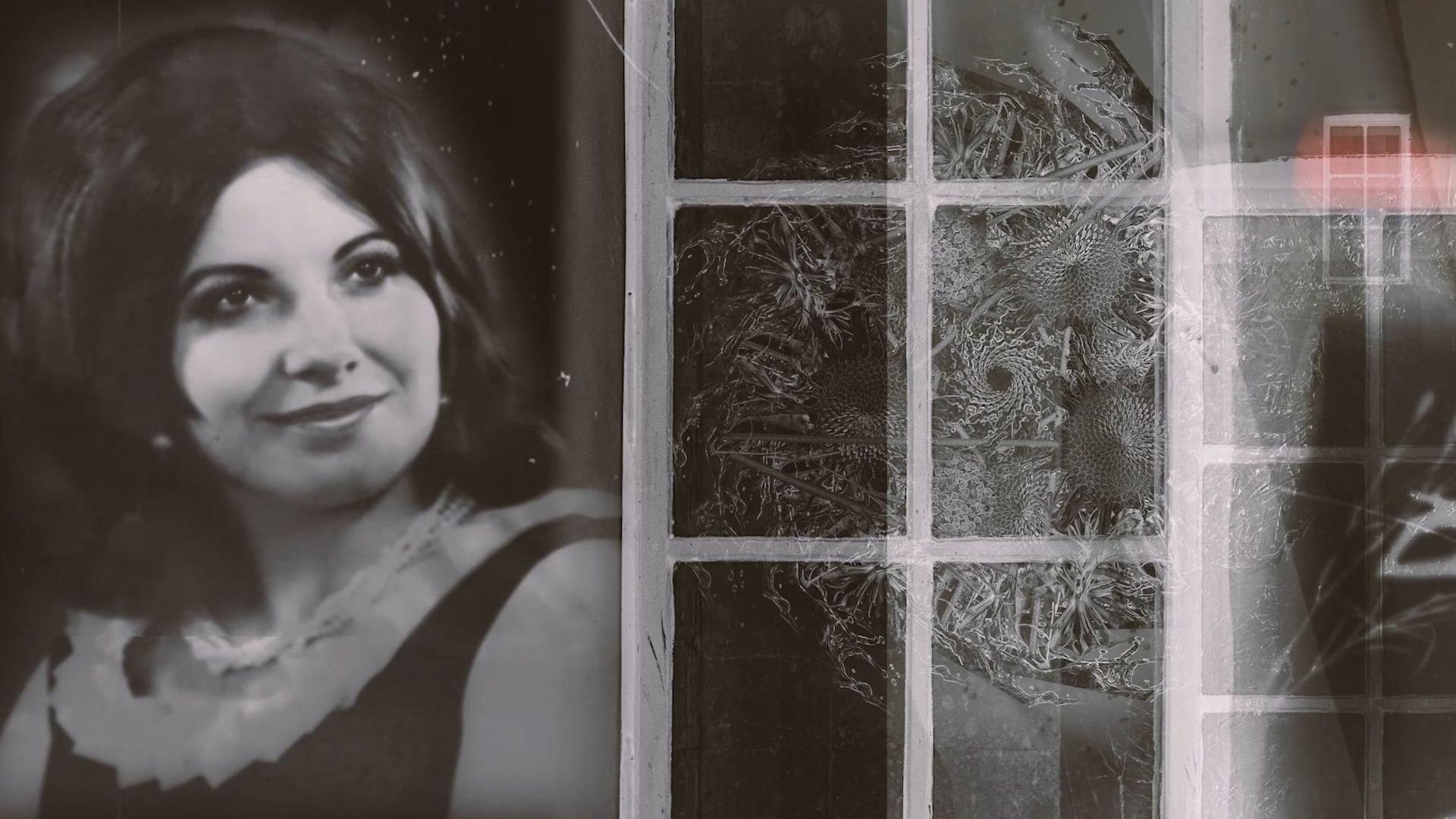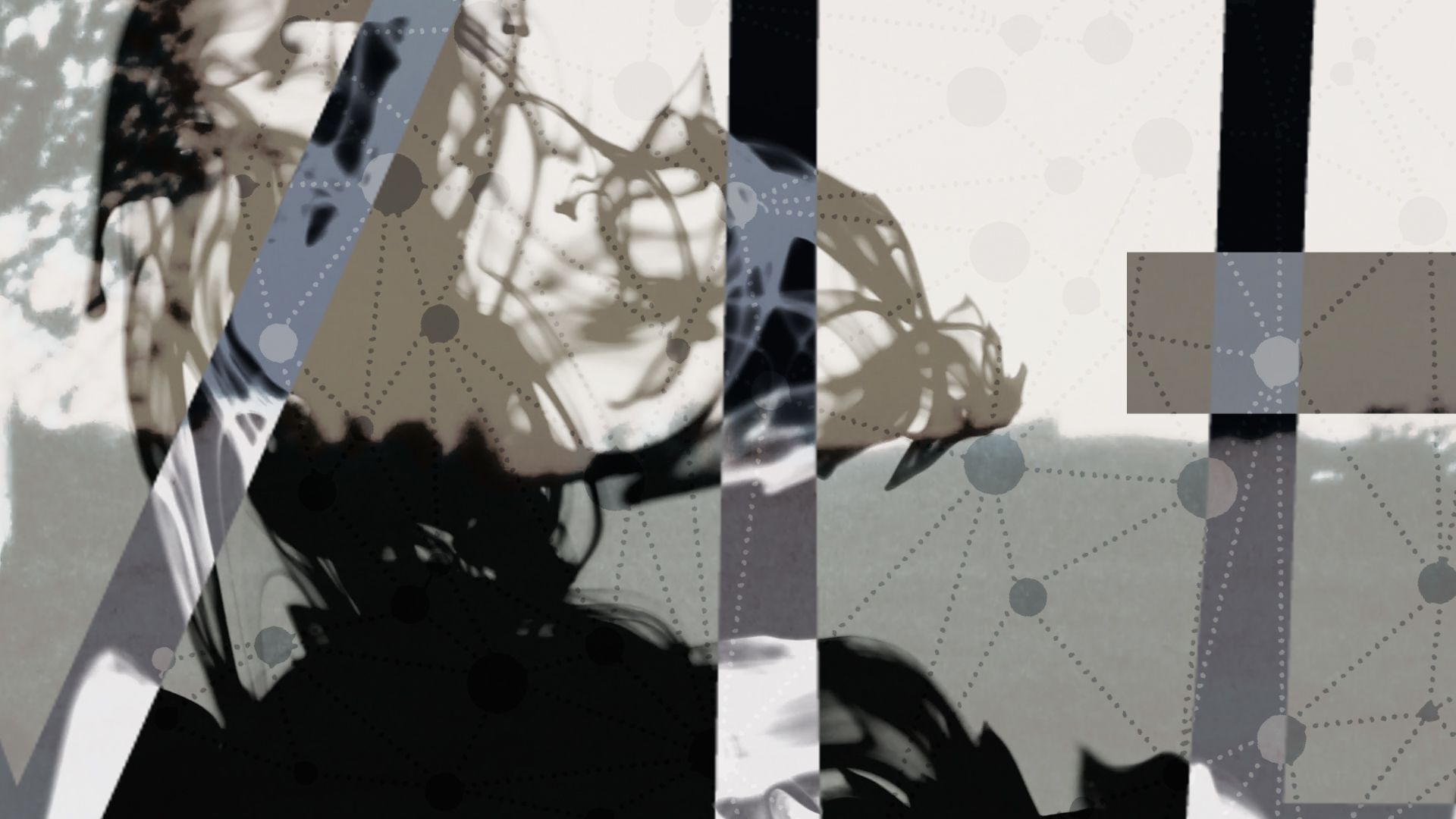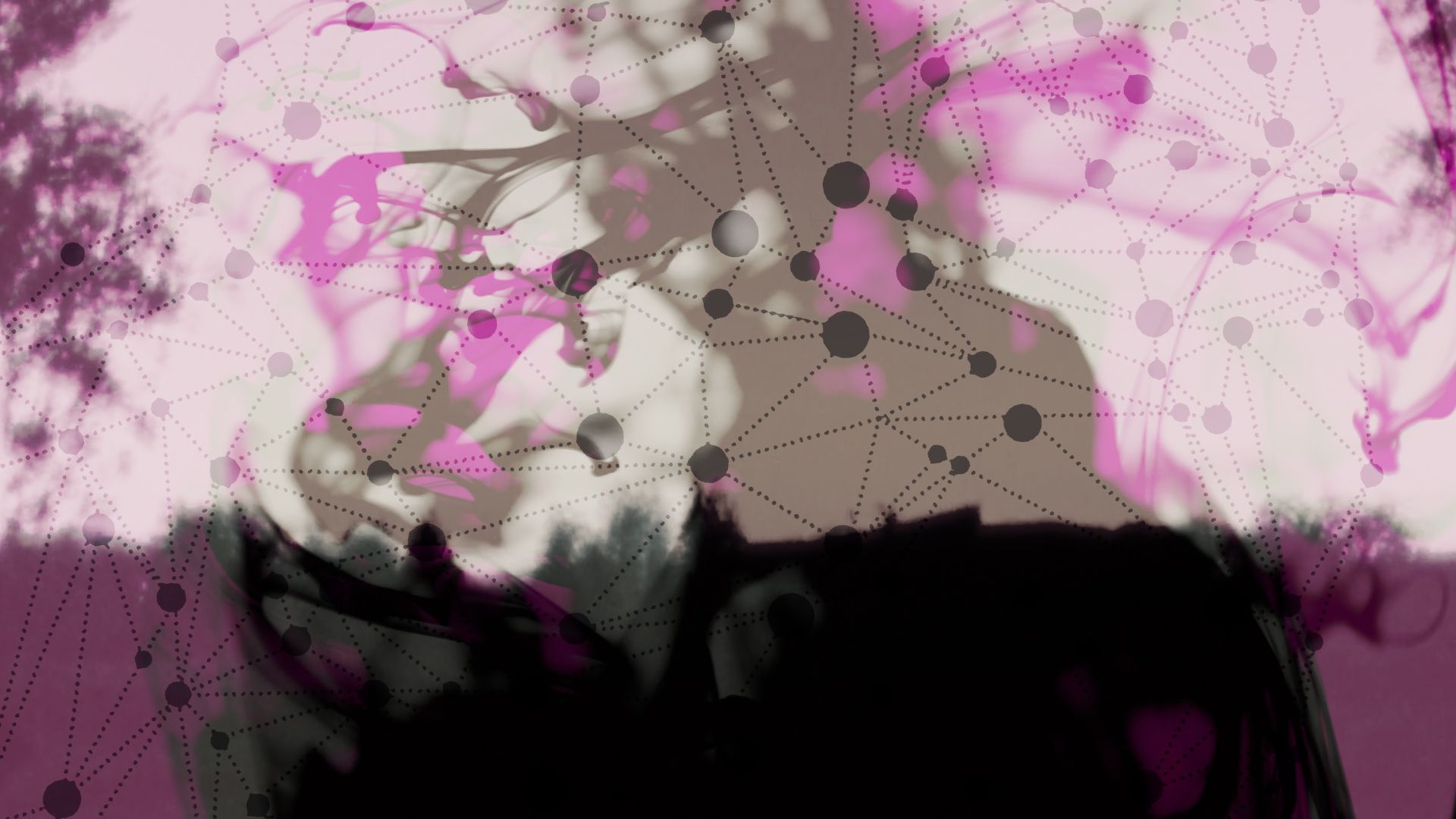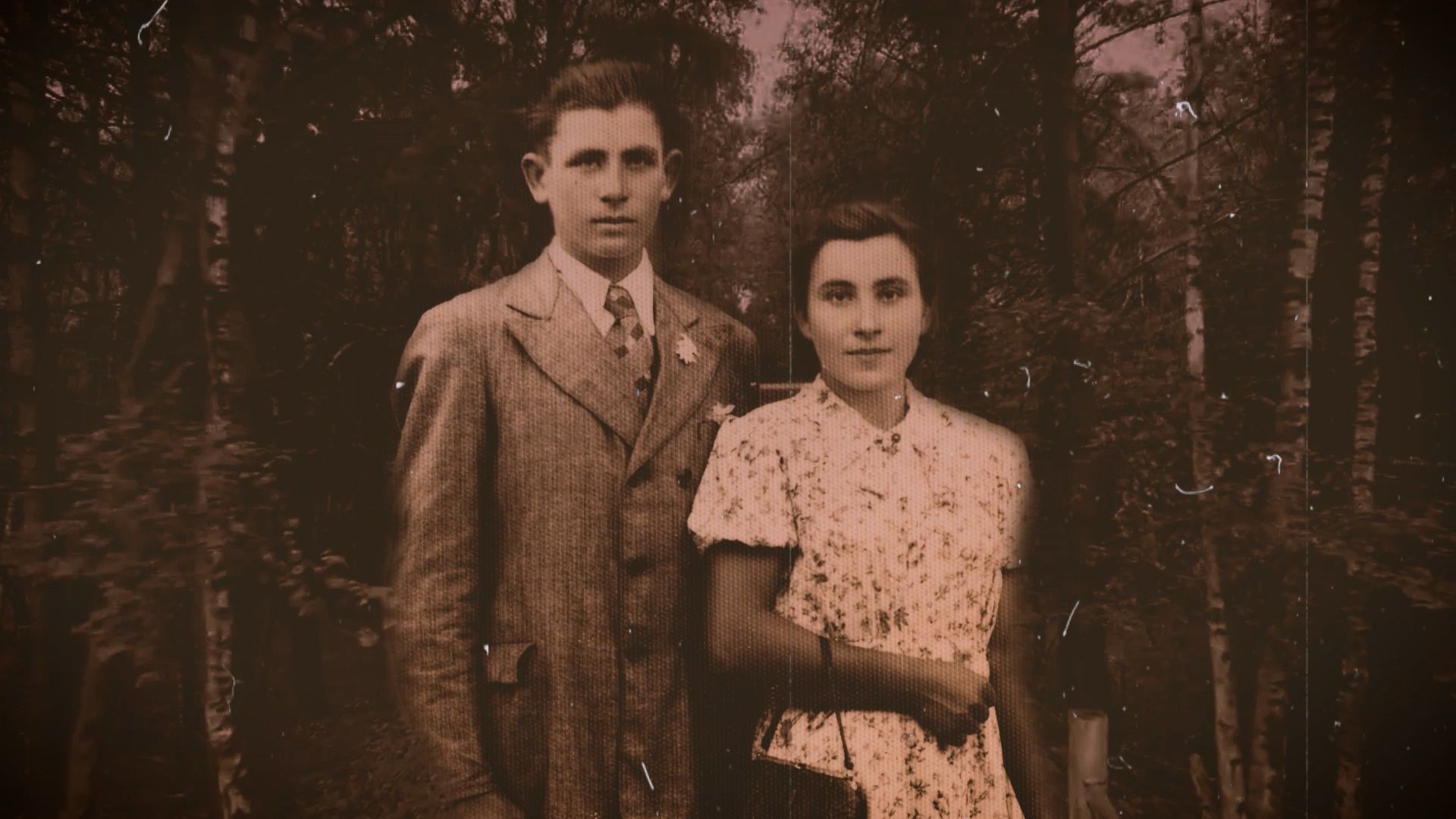Manipulated Memories II
(2D animation created with AI assistance, 2022, 2’)
In 2018, while working on my Manipulated Memories I series, I used digital technology to transform my remaining family photographs in an attempt to bring my memories of deceased relatives to life—to "paint" them anew. In the absence of family history and traditions, I had to construct a subjective yet coherent narrative to accompany the images. The final result surprised me: through the process of preserving and altering photographs, I found myself deeply immersed in a virtual world that existed only in my imagination. By isolating or repositioning figures within the images, I turned reminiscing into a creative tool. These montages were never meant to create a perfect illusion; instead, they deliberately revealed signs of manipulation, emphasizing their constructed nature.
However, in the 2022 Manipulated Memories II series, authenticity took on a central role. My goal was to make the portraits appear realistic. To achieve this, I incorporated artificial intelligence into the image-making process.
It seems that many AI algorithms, much like classical artistic precedents, operate by adhering to standardized beauty ideals and applying beautifying filters. In my project, I took a different approach to AI-assisted portrait manipulation. Rather than striving for idealized depictions, I sought to reconstruct the individuals in my family photographs using technological advancements to create imaginary figures who could continue "living" within the virtual realm.
Three years ago marked an exciting turning point with the emergence of open-source and freely accessible AI-powered software. One such tool, Deep Nostalgia, animates old photographs, bringing the faces in them to life. While the AI models used in this application proved effective for facial animation, the source images required extensive preparation—such as extracting the background using alpha channels or breaking down the body into layers. This preparatory work opened up new possibilities for experimentation. The final moving image was realized through "classical" 2D animation techniques, allowing me to maintain control over the process.
Although my characters no longer exist in the physical world, they now engage the viewer through virtual reality—meeting our gaze, communicating through facial expressions. In Faces: A History of the Face, Hans Belting discusses the concept of "face-quotations," stating: "Nowadays, we can create faces that no longer have a counterpart in the physical world, and thus cannot be understood within the binary of life and death."









